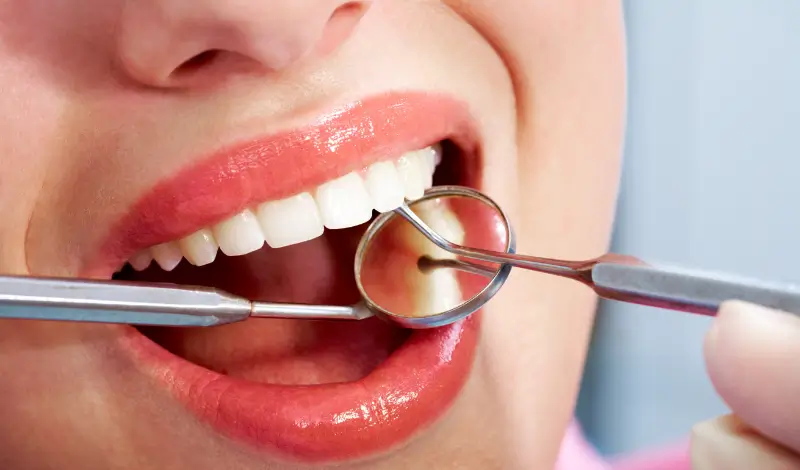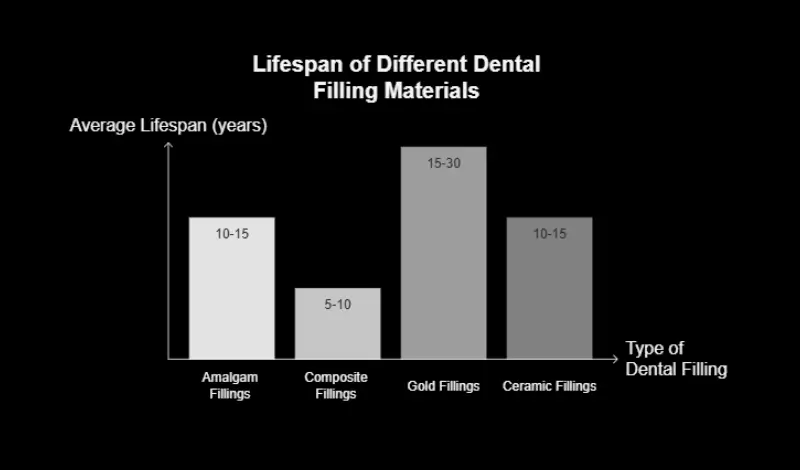Pay Online
How Long Do Dental Fillings Last? Tips to Make Them Last Longer

Have you ever had a cavity filled and wondered, “How long will this really last?” Dental fillings are wonderful at filling teeth, but they don’t last forever. They can wear down, crack, or even fall out over time—especially if they aren’t taken care of.
The good news? With proper habits, you can prolong the life of your fillings and sidestep unwarranted dental visits. Silver, white, or gold, no matter the type of fillings you have, understanding how long they will last and how to care for them can spare you time, money, and pain in the long term. Let’s break down the length of time fillings last and the best means of keeping them in prime condition!
How Long Do Dental Fillings Last?
The lifespan of a dental filling depends to a large degree on the material used:
- Amalgam Fillings (Silver-colored metal) last approximately 10-15 years, making them among the most durable fillings.
- Composite Fillings (Tooth-colored resin) usually last 5-10 years and blend in beautifully with natural teeth.
- Gold Fillings – Can last an impressive 15-30 years because they are so durable and resistant to wear.
- Ceramic Fillings – Usually last 10-15 years, offering a highly strong, resistant option to composites.

Signs Your Filling Needs Replacement
Even the best fillings can weaken over time. Be on the lookout for these warning signs:
- Increased Sensitivity – If you can feel your tooth being sensitive with hot, cold, or sweets, the issue might be the filling.
- Pain or Discomfort – Burning or painful pains when biting should indicate that there is either a loose or a lost filling.
- Visible Cracks or Wear – Once you observe chipped-off sides, cracking, or staining, understand your filling are ready to be redone.
Not heeding these warning signs could lead to further rot or even infection, so it is always better to seek advice from your dentist as soon as you notice anything amiss.
Tips to Make Your Fillings Last Longer
Want to maximize your dental fillings? Here are some simple yet effective tips:
Practice Good Oral Hygiene
- Brush teeth twice a day with fluoride toothpaste.
- Floss once a day to dislodge food particles and plaque between teeth.
Avoid Hard and Sticky Foods
- Crunching ice, hard candies, or biting on non-food items can cause fillings to crack.
- Sticky items like chewing gum and caramel can loosen your fillings in the long term.
Visit Your Dentist on a Regular Basis
- Regular visits allow for the early detection of small issues before they become larger ones.
- Your dentist will examine your fillings and inform you of replacements when needed.
Wear a Mouthguard if You Clench Your Teeth
- Clenching (bruxism) puts extra force on fillings, which wear down quickly.
- Wearing a custom mouthguard will protect your teeth while sleeping.
Avoid Acidic and Sugary Foods
- Excess sugar nourishes bacteria that can cause decay close to fillings.
Citrus drinks and soda are acidic and wear away enamel, increasing the danger of damage.
While dental fillings are temporary, you can get the most out of them with proper care. Good oral hygiene, avoiding nasty habits, and trips to your dentist every now and again can all contribute to their longevity. If you start to feel your filling wearing away or hurting, don’t wait—see your dentist for a check-up to keep your smile healthy and strong!
Time to see how your fillings are doing? Make an appointment with our dentist today!



